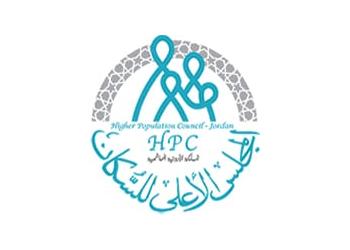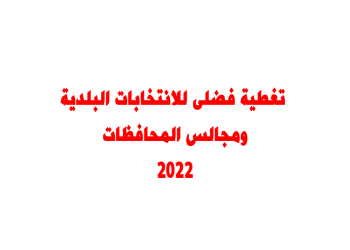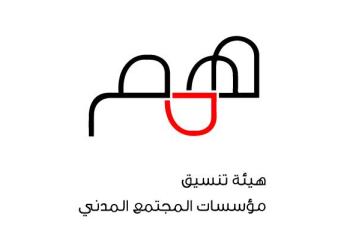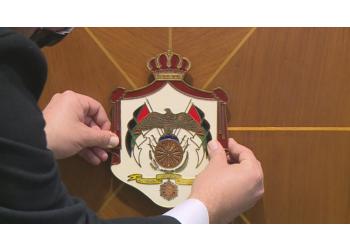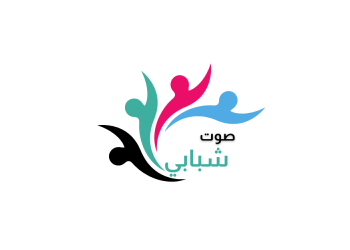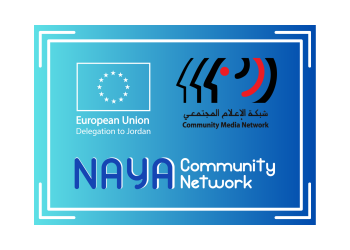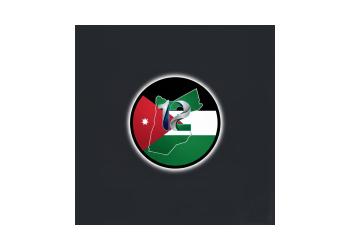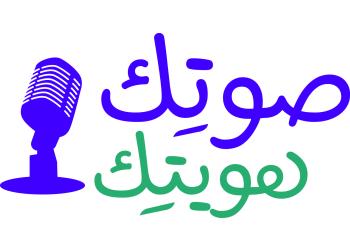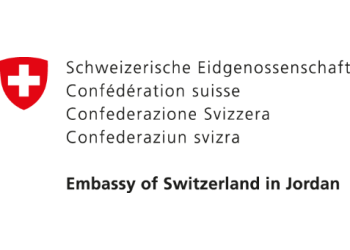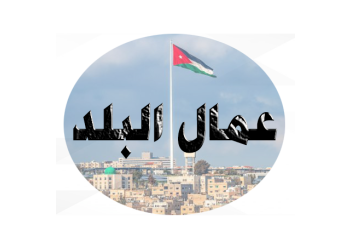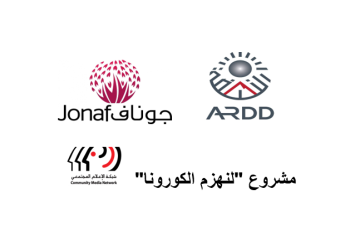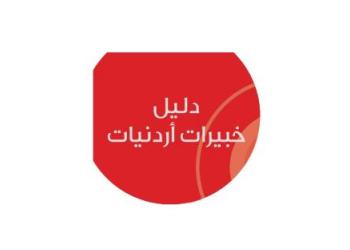When does international media pay attention to Jordan?
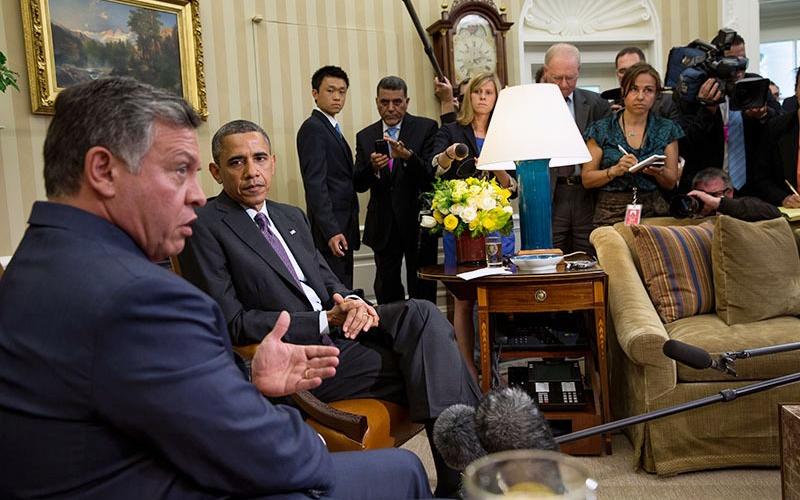
Data reviewed by AmmanNet shows that international media paid the most attention to Jordan during the Arab Spring, but gradually lost interest after the war against the Islamic State, also known as Daesh. The single biggest event driving English-language coverage of Jordan was Daesh’s capture and murder of Jordanian first lieutenant Muath Kasasbeh.
The data also shows that coverage of Jordan is not connected to coverage of Palestine, despite close links between the two nations, including Jordan’s role as custodian of holy sites in Jerusalem and host to Palestinian refugees.
This data comes from the News on the Web Corpus, a database of English-language articles from twenty different countries, updated daily.
The pattern of attention is similar across popular and elite media. The same rise and fall in attention shows up in data provided by the New York Times, widely considered the “newspaper of record” for educated Americans.
If it bleeds, it leads, as American journalists often say. News outlets tend to follow stories that are sensational, graphic, emotional, and even disturbing. Foreign media coverage of Jordan is no exception.
Osama Al Sharif, editor-in-chief at Jordan News, believes that this pattern in coverage is to be expected.
“It was an unprecedented phenomenon that Arab peoples would be rebelling against their own governments. Jordan had its own version of the Arab Spring, so it got the coverage it deserved,” he says. “The unfortunate, tragic murder of Kasasbeh was such an unusual and cruel event that was broadcast live.”
Although Syrians and other people in the region continue to suffer the repercussions of the Syrian civil war, international media feels “almost a fatigue, because nothing is changing,” says Rana Sweis, author of Voices of Jordan and a freelance journalist who has written for the New York Times.
Much of the international attention has shifted to Ukraine, according to Sweis.
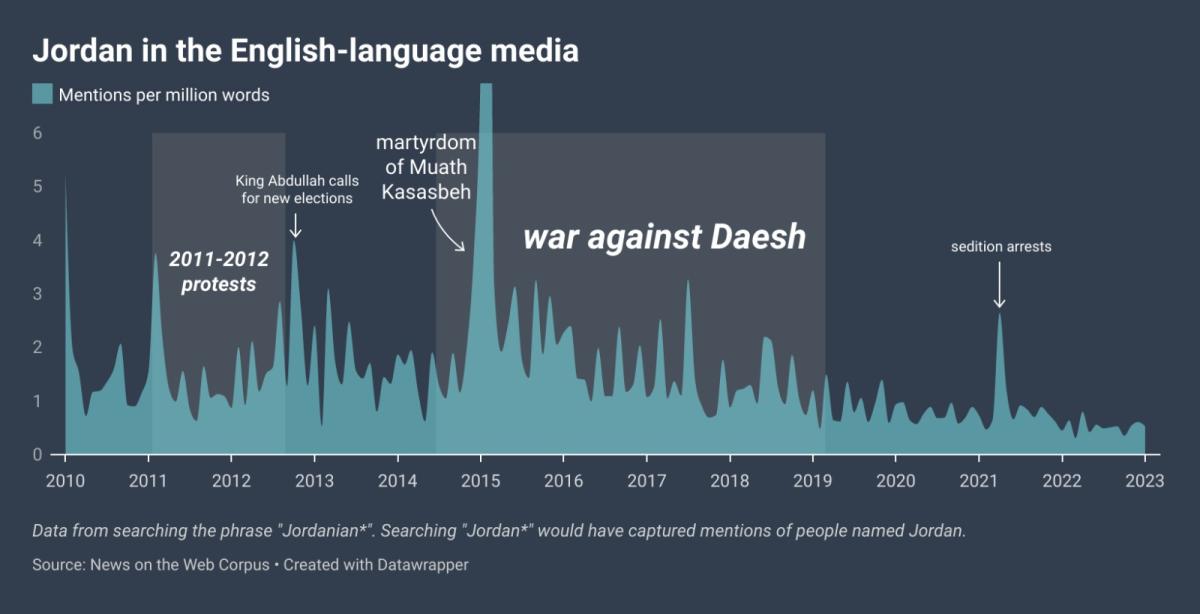
The New York Times published multiple articles from Jordan almost every single month from January 2011 to June 2016, including a record high of 23 stories from Jordan in February 2015. But the paper has published fewer and fewer articles from Jordan since mid-2016, sometimes going several months at a time without any coverage of the Kingdom.
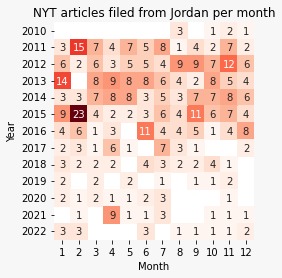
![]()
Jordan experienced protests at the beginning of the Arab Spring, which led to new elections in 2013 and promises of political reform. The protests in neighboring Syria, meanwhile, turned to a civil war between loyalists to President Bashar al-Assad and various opposition factions.
The war has put intense political and economic pressure on Jordan, which today hosts 1.3 million Syrians, including 675,000 registered refugees.
When Daesh began issuing threats against Jordan’s borders in mid-2014, the Jordanian armed forces joined the international coalition against Daesh. Kasasbeh, a pilot, crash-landed in Syria and was captured by Daesh on December 24, 2014. Daesh executed him on January 3, 2015, but concealed his death for several weeks before publishing a video of the killing on February 3.
In the months before Daesh declared its “caliphate” in June 2014, English-language media mentioned Jordanians an average of 1.6 times per million words. That increased to an average of twice per million words in the months that Daesh controlled parts of Iraq and Syria.
But in the months since the fall of Daesh’s last stronghold, English-language media has only mentioned Jordanians an average of 0.78 times per million words of newsprint.
There was a noticeable spike in international coverage of Jordan after the arrest of several people including Prince Hamzah on charges of sedition in April 2021.
“Between 2019 and today, not much has happened. The sedition affair, I think, got fair coverage, because it was unusual and it involved a member of the royal family,” Al Sharif added. “Most of the stories that are getting coverage in Jordanian media are interesting to Jordanians.”
The coronavirus pandemic was a worldwide story, without a Jordan-specific angle. Meanwhile, the Jordanian water crisis and internal political reforms are both long-term stories that have been slow to unfold.
“It just feels very repetitive,” Sweis says. “A lot of the deeper stories have already been reported on.”
Although the war in neighboring Syria drove coverage from Jordan, the nearby Israeli-Palestinian conflict does not seem to have had the same effect. There is no statistical correlation between mentions of the words “Jordanian” and “Palestinian” in any given month.
For example, English-language media covered Jordan much more during the sedition crisis in April 2021 than the Palestinian uprising of May 2021.
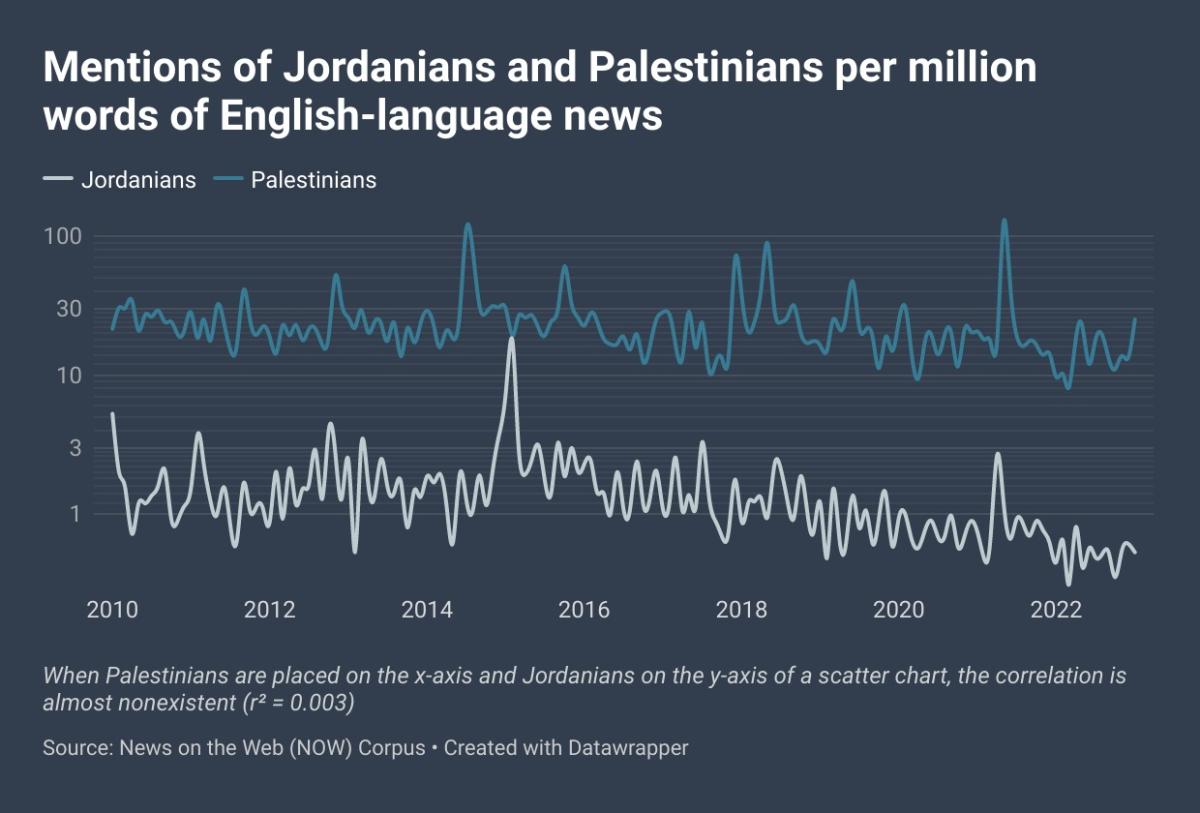
International media tends to pay attention to Jordanian reactions to the conflict when Jerusalem is involved, Al Sharif and Sweis agree. Otherwise, Jordan and Palestine tend to be treated as separate.
“Jordan had considered itself as a buffer zone between Israel and the Gulf countries, and a gateway to access the Palestinian people and the conflict,” Al Sharif says, but the Abraham Accords “diminished the geopolitical weight of Jordan and transferred it to the Gulf countries.”
Recent cultural reforms in Saudi Arabia and the United Arab Emirates have also moved international attention to the Gulf.
“That’s where the real changes are happening, and that’s where reporters are going now,” Sweis says. “Jobs in Reuters, in the Times, et cetera, they’re in Riyadh or in Dubai.”
That said, those countries remain a “very restrictive” environment for journalists, and there’s a lot more space to cover “the changes that are taking place socially, not politically,” according to Sweis.
“Jordan has become quite closed in terms of access to information as well. We’ve seen a rise in gag orders,” she warns. “This also hinders our work, even when we’re writing for international outlets.”
On the other hand, some of the more positive developments out of Jordan may not be so attention-grabbing. For example, Al Sharif points to Jordan’s successes at casting itself as a destination for tourists and a set for blockbuster movies.
“Not everything is political,” he says. “There are good stories that are probably underreported by the media, because the media seeks sensationalism.”
Matthew Petti is a Fulbright fellow researching the relationship between international and Arab media. As part of his research, he has worked with Jordan News, AmmanNet, and other outlets. The views expressed here do not represent the views of the Fulbright Program, the U.S. Department of State, or any of its partner organizations.




